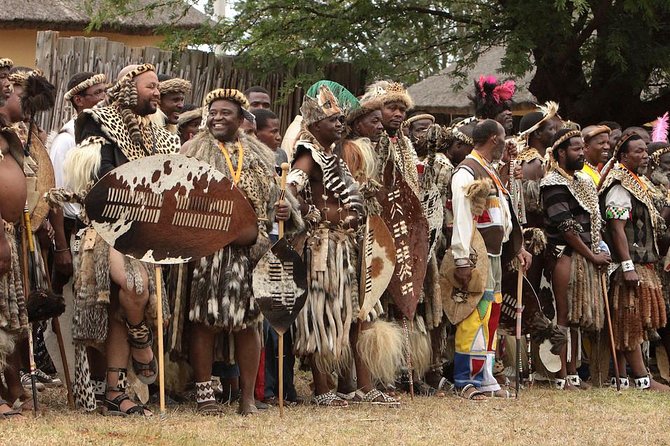Zulu Traditional Attire: A Vibrant Expression of Culture and Heritage
The Zulu people, one of the largest ethnic groups in South Africa, have a rich cultural heritage that is deeply rooted in tradition. One of the most striking aspects of Zulu culture is its traditional attire, which plays a significant role in ceremonies, rituals, and everyday life. Zulu traditional attire is not only a representation of cultural pride but also a vibrant expression of identity that has been passed down through generations.
The Essence of Zulu Traditional Attire
Zulu traditional attire is characterized by its bold colors, intricate beadwork, and the use of natural materials. Each piece of clothing and accessory holds a specific meaning and is often worn to signify different stages of life, social status, or special occasions.
1. Isicholo: The Isicholo is a traditional hat worn by married Zulu women. Originally, this hat was made from woven grass and shaped like a wide brim. Today, the Isicholo is often made from modern materials but still retains its traditional significance. It is typically adorned with colorful beads and symbolizes a woman’s marital status.
2. Umqhele: The Umqhele is a headband made of animal skin or beads worn by Zulu men. It is a symbol of bravery and is often worn during traditional ceremonies and important gatherings.
3. Ibheshu: The Ibheshu is a traditional garment worn by Zulu men, made from animal hide. It is typically worn around the waist, covering the lower part of the body. The Ibheshu is a symbol of masculinity and is often worn during weddings, traditional dances, and other cultural ceremonies.
4. Imvunulo: Imvunulo is the traditional attire worn by Zulu men and women during special occasions. For men, it includes the Ibheshu, Umqhele, and other accessories like amambatha (a traditional shoulder garment). Women’s Imvunulo includes a leather skirt called Isidwaba, beaded necklaces, and bracelets. The colors and designs of these garments often reflect the wearer’s family and social status.
5. Beadwork: Beadwork is an integral part of Zulu traditional attire. The intricate patterns and colors used in Zulu beadwork are not just decorative but also convey messages. For example, different colors can represent emotions, marital status, and even political affiliations. Beaded jewelry, belts, and necklaces are worn by both men and women as a symbol of beauty and cultural identity.
The Role of Zulu Traditional Attire in Modern Times
While Zulu traditional attire is deeply rooted in history, it continues to evolve and adapt to modern times. Today, you will find Zulu attire being worn at weddings, cultural festivals, and even in fashion shows. The attire serves as a powerful reminder of the Zulu people’s resilience and pride in their heritage.
Modern Zulu attire often blends traditional elements with contemporary fashion, making it a popular choice for those who want to celebrate their culture while embracing modern trends. The significance of Zulu attire in today’s world cannot be overstated—it is a living tradition that continues to inspire and unite the Zulu people.
Embracing Zulu Traditional Attire
If you’re interested in exploring more about Zulu traditional attire or wish to purchase authentic garments, visit Traditional Attire for a wide selection of traditional Zulu clothing and accessories. This website offers a variety of options that cater to both traditional and modern tastes, allowing you to celebrate Zulu culture in style.
For further reading on the rich cultural heritage of the Zulu people, you can visit South African History Online, a trusted resource for information on South Africa’s diverse cultural history.
Zulu traditional attire is more than just clothing—it is a vibrant expression of identity, culture, and heritage. Whether worn during ceremonies or embraced as a fashion statement, Zulu attire continues to play a vital role in preserving the rich traditions of the Zulu people.

Leave a Reply